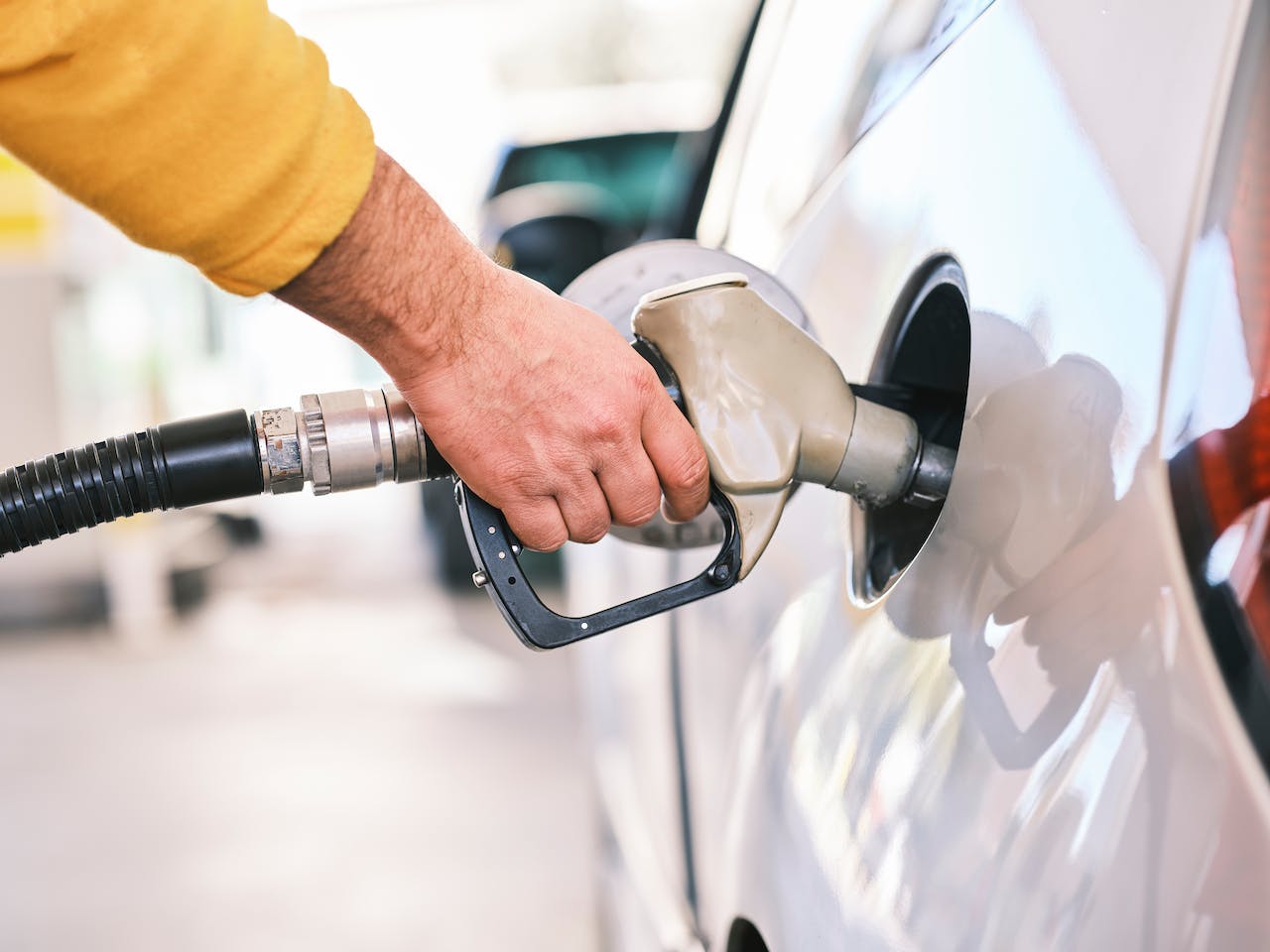In the United States and in almost all countries in the world, gasoline is definitely a vital fluid. In fact, it is as essential to the economy as blood is to a person. Without gasoline, the world as we know it would stop. In fact, the United States alone consumes about 130 billion gallons or almost 500 billion liters of gasoline in just a year. But what is it in petrol and what makes it one of the most essential liquid in the world? That is why in this article, we will help you find out exactly what gasoline is and where it comes from.
What is gasoline?
Gasoline is an aliphatic hydrocarbon. In simpler terms, gasoline is made up of molecules that are composed of hydrogen and carbon that are arranged in chains. Gasoline molecules have seven to eleven carbons in each chain.
When gasoline is burned under ideal conditions and along with plenty of oxygen, it will result in plenty of carbon dioxide, which came from the carbon atoms in gasoline, water which is from the hydrogen atoms, and of course, lots of heat. One gallon of gasoline can contain about 132×106 joules of energy, and that equals to over 36,650 watt-hours. For example, If you have a 1,500-watt space heater, you can leave it on full blast for over 24 hours. That’s is the amount of heat a gallon of gas can produce.
Where does gasoline come from?
Gasoline is made using crude oil. In order to do this, crude oil is pumped out of the ground, and it comes up as a black liquid, which is called petroleum. This black liquid contains hydrocarbons and the carbon atoms that are in the crude oil links together in chains that have different lengths.
Research says that hydrocarbon molecules of different lengths tend to have different properties as well as behaviors. For example, a chain that only has one carbon atom in it is the lightest chain, and it forms the gas we now know as methane. As the chains get longer, the gas gets heavier.
The first four chains consist of methane, ethane, propane, and butane. These gasses boil at -161, -88,-46, and -1 degrees Fahrenheit, respectively. The chains have a progressively higher boiling point.
Gasoline Additives
During the Second World War, experts discovered that chemicals called tetraethyl lead can be added to the gasoline to significantly improve its octane rating. This means that cheaper grades of gas could be made usable by adding tetraethyl lead. This discovery led to the widespread use of “ethyl” or “leaded” gasoline. However, there are also side effects of adding lead to gas such as, it can clog a catalytic converter, which renders it inoperable in just a matter of minutes. Too much use of led can eventually create a thin layer of lead that can cover the Earth. As we all know, lead is toxic to several living things, including humans.
This is why adding lead to gasoline was banned, and it leads to gasoline to become more expensive because refineries cannot boost the octane ratings of the gasoline to cheaper grades anymore. During this time, only airplanes are still allowed to use leaded gasoline, and types of gasoline that have octane ratings of 115 are often used in super-high-performance piston airplane engines.
Another common additive in the gasoline is MTBE or the methyl tertiary butyl ether. This is a simple molecule that is created using methanol. MTBE is added to gasoline for two main reasons: It is capable of boosting octane levels in the gas, and It acts as an oxygenate, which means that it can add oxygen to the reaction of the gasoline when it burns. Oxygenated gasoline helps reduce the number of unburned hydrocarbons and carbon monoxide in the exhaust of the car. Since then, MTBE has been added to gasoline in a big way, especially after the Clean Air Act of 1990 went into full effect. Today, gasoline can contain as much as 10 to 15 percent MTBE.
One of the main problems with MTBE is that some research shows that it can be carcinogenic, and it has the ability to mix easily with water. This means that if the gasoline that MTBE leaks from an underground tank, it can blend into the groundwater and contaminate wells. Of course, MTBE isn’t the only thing getting into the groundwater when a tank leaks. The same goes for the gasoline itself and the other gasoline additives. The next best thing that can replace MTBE in the gasoline mixture is ethanol. Ethanol is normal alcohol that is quite expensive than the MTBE. Still, it is not a threat to having severe illnesses.
